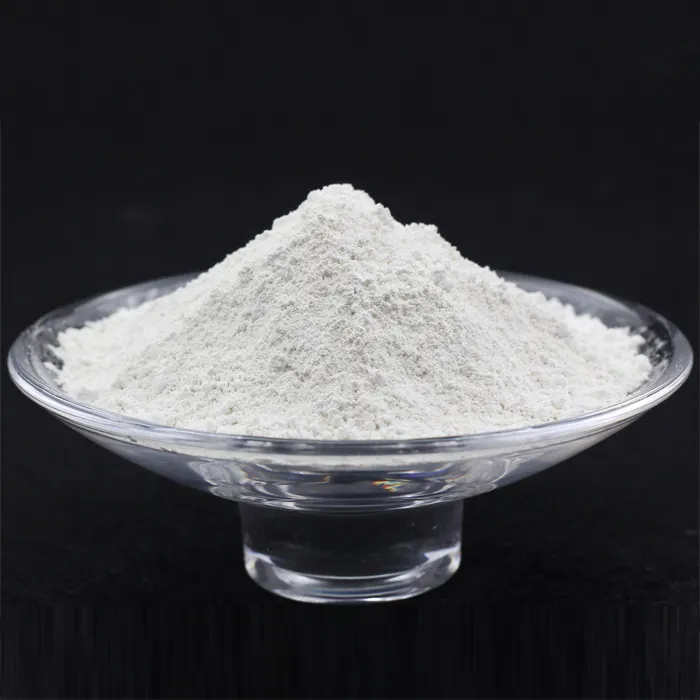Types of Active Pharmaceutical Ingredients An Overview
Active Pharmaceutical Ingredients (APIs) are the crucial substances in pharmaceutical drugs that produce the intended therapeutic effects. Understanding the different types of APIs is fundamental for professionals in the pharmaceutical industry, researchers, and healthcare providers because the quality and efficacy of these ingredients play a vital role in the treatment of diseases. This article explores the classification of APIs, their forms, and the importance of each type in drug formulation.
1. Classification of APIs
APIs can be classified based on several criteria, including their source, chemical structure, and mechanism of action. The primary classifications are
a. Natural APIs
Natural APIs are derived from natural sources, such as plants, animals, and microorganisms. These compounds have been used for centuries in traditional medicine. Common examples of natural APIs include
- Alkaloids These are nitrogen-containing compounds often found in plants. Morphine and quinine are well-known examples that have significant medical applications. - Glycosides These are compounds that yield sugars upon hydrolysis. Digoxin, used in heart conditions, is a notable glycoside derived from the foxglove plant.
- Terpenoids These are a diverse class of organic compounds produced by a variety of plants. Terpenes have demonstrated anti-inflammatory and antibacterial properties.
b. Synthetic APIs
Synthetic APIs are chemically manufactured through various chemical processes in laboratories. These compounds are designed to mimic the activity of natural agents or to create novel mechanisms of action. Key examples include
- Aspirin Acetylsalicylic acid, known by its brand name, is synthesized and is widely used for pain relief and anti-inflammatory purposes. - Statins These are synthetic compounds that lower cholesterol levels in the body, helping to prevent cardiovascular diseases.
c. Biotech APIs
Biotechnology has revolutionized the development of APIs through methods like genetic engineering and monoclonal antibody production. Biotech APIs include
- Monoclonal Antibodies These are lab-generated molecules that can specifically bind to target antigens. Drugs like trastuzumab (Herceptin) are used in cancer therapy.
types of active pharmaceutical ingredients

- Recombinant Proteins Insulin, produced through recombinant DNA technology, is a pivotal treatment for diabetes and illustrates the efficacy of biopharmaceuticals.
APIs can exist in various physical forms that impact their stability, solubility, and absorption rates, impacting their pharmacokinetics. These forms include
- Solids Powders and crystals are common forms that are often used in tablet formulations. Solid APIs generally offer better stability and shelf life.
- Liquids Solutions and suspensions are used in liquid formulations such as syrups or injectable drugs. These forms are crucial for patients who have difficulty swallowing tablets or for medications needing rapid absorption.
- Gels and Ointments Some APIs are formulated as gels or ointments for topical applications. These are essential for localized treatment, such as in dermatology.
3. Importance of API Quality
The quality of APIs is paramount for the safety and efficacy of pharmaceuticals. Regulatory agencies like the FDA and EMA enforce stringent guidelines for API manufacturing, ensuring that they meet high standards of purity, potency, and consistency.
- Purity Impurities in APIs can arise from raw materials, manufacturing processes, or storage conditions. These impurities can lead to adverse effects and variable drug efficacy.
- Potency The strength of an API determines its effectiveness. Accurate dosing is critical, especially in medications with narrow therapeutic indices.
- Stability APIs must remain stable under various environmental conditions to ensure they retain their efficacy throughout their shelf life.
Conclusion
In conclusion, understanding the different types of Active Pharmaceutical Ingredients is crucial for developing effective and safe medications. From natural and synthetic compounds to biotechnological innovations, each type of API contributes uniquely to therapeutic advancements. With ongoing research and technological improvements, the future of APIs looks promising, paving the way for more efficient, targeted therapies that enhance patient outcomes. The evolution of APIs will continue to significantly influence the pharmaceutical landscape and healthcare as a whole.

